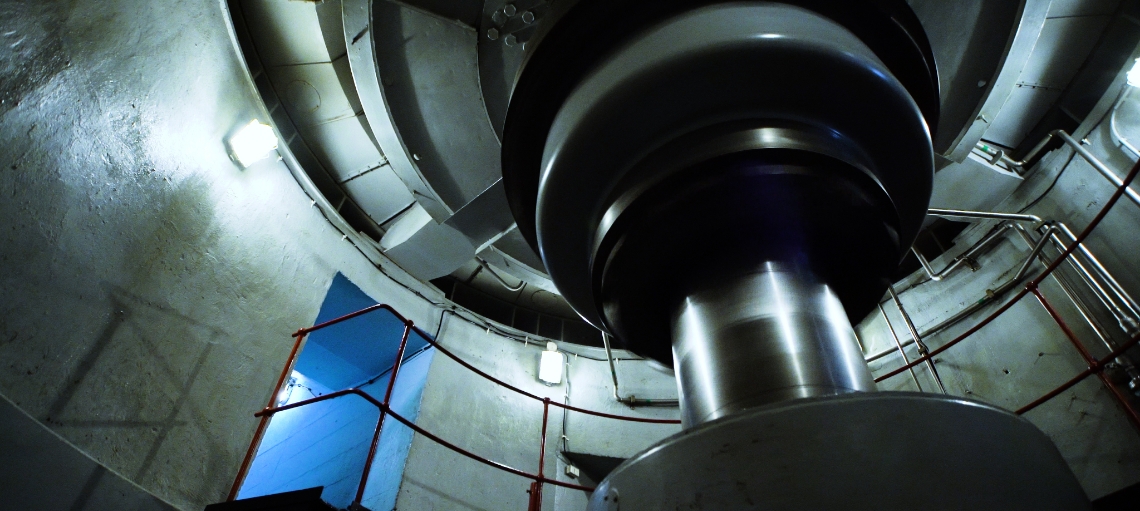-
E-A4
We want to minimise our use of raw materials and consumables. We implement circular economy and combine large investment projects with lesser changes in every-day operation of the organisation. We manage the raw materials and consumables in a safe and environmentally-friendly manner and ensure appropriate handling of waste and sewage. We carry out projects to improve environmental awareness of our Employees and to protect the environment. We invest in green education in the Group’s surroundings.
We continue to monitor the Enea Group’s impact on the environment. In our Climate Policy, we have committed to sustainable management of natural resources and to implement circular economy that promotes optimum use of resources. We will carry out more projects to support renewable energy sources and make use of the latest technologies and waste energy.

-
GRI 301-1
Fuels purchased by the Enea Group in 2023 in the Generation area
1) Light up fuel in U1-10 of the Kozienice Power Plant and U1-7 of the Połaniec Power Plant.
2) Light up fuel in U11 of the Kozienice Power Plant, U9 of the Połaniec Power Plant and MEC Piła (boiler house of KO Staszyce, which may be gas or oil-fired).
3) Used for generation of electricity and heat in MEC Piła.
4) Used for generation of heat in Zachód Heat Plant (owned by Enea Ciepło sp. z o.o. with the registered office in Białystok).
-
GRI 306-1
Enea Bioenergia operates a combustion waste storage facility „Pióry” based on an integrated permit. The company operates a heavy equipment workshop in which it also generates waste, such as waste oil, used filters and packaging containing hazardous substances.
Enea Elektrownia Połaniec in coal units 1–7 generates by-products, such as fly ash from electrostatic precipitators, collected and fully managed by authorised entities. Ash and slag is transported to combustion waste storage facility „Pióry” and once dry managed by authorised entities. The power plant also generates gypsum from wet limestone flue gas desulphurisation. The gypsum is managed by appropriate entities. All waste generated and managed by the power plant is registered in the BDO (Waste Database) system.
Enea Wytwarzanie buys coal with the lower sulphur content thanks to which it uses lower amount of limestone powder in the desulphurisation process which as a consequence lowers the amount of the generated gypsum. The correct conducting of start-ups reduces the amount of the generated ash while conducting fumes’ de-nitrogenization in strictly specified conditions reduces the amount of ammonia in the ash which determines the possibility of selling ash on the market. The Company takes actions to maximise the sales of ash and gypsum so as to minimise their landfilling.
Enea Nowa Energia recovers agricultural waste and uses it in a biogas plant, thus having a positive impact on the environment.
RG Bogdanka’s main waste is operational waste: scrap, oils, sorbents, waste paper, plastics that are handed over to authorised entities.
Enea Ciepło Białystok burns coal and biomass during electricity and coal generation. The resulting combustion waste is slag and ash. Biomass combustion generates fly ash and sand from fluidized beds, whereas the flue gas desulphurisation system – post-reaction product.
Enea Ciepło – Head Office generates waste from burning coal in the coal boilers in the Zachód Heat Plant. Following the construction of the dust removal installation in 2022/2023 on K2 and K3 coal boilers, ash waste is generated as well. The flue gas desulphurisation system in the coal boilers generates also waste from exhaust gas treatment.
-
GRI 306-3
Waste generated by the Enea Group
1) Real properties for which detailed data on generated waste is not available (e.g. because the companies settle their accounts with administrators on a lump sum basis) have not been taken into account.
Waste generated by the Enea Group in 2023
1) Real properties for which detailed data on generated waste is not available (e.g. because the companies settle their accounts with administrators on a lump sum basis) have not been taken into account.

